Thick layer of wax on 1940's bedroom set?? Please help.
detroit_burb
11 years ago
Related Stories

HOME OFFICESQuiet, Please! How to Cut Noise Pollution at Home
Leaf blowers, trucks or noisy neighbors driving you berserk? These sound-reduction strategies can help you hush things up
Full Story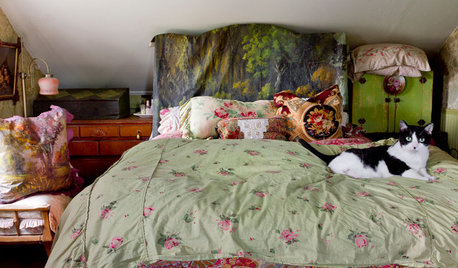
REMODELING GUIDESMy Houzz: Layers of Patina and an Artist’s Touch in a New York Colonial
Antiques and loads of found treasures mix with collections and art in a very personal home and studio
Full Story
SELLING YOUR HOUSE10 Tricks to Help Your Bathroom Sell Your House
As with the kitchen, the bathroom is always a high priority for home buyers. Here’s how to showcase your bathroom so it looks its best
Full Story
ARCHITECTUREHouse-Hunting Help: If You Could Pick Your Home Style ...
Love an open layout? Steer clear of Victorians. Hate stairs? Sidle up to a ranch. Whatever home you're looking for, this guide can help
Full Story
REMODELING GUIDESWisdom to Help Your Relationship Survive a Remodel
Spend less time patching up partnerships and more time spackling and sanding with this insight from a Houzz remodeling survey
Full Story
HOUZZ TOURSMy Houzz: Online Finds Help Outfit This Couple’s First Home
East Vancouver homeowners turn to Craigslist to update their 1960s bungalow
Full Story
COLOR PALETTESSet the Mood: 4 Colors for a Romantic Bedroom
Bring your love of color — and the colors of love — into your master bedroom
Full Story
HOUZZ TOURSMy Houzz: Modern Settings for Old-School Pieces in a Pittsburgh Loft
Transitional style merges an urban couple's traditional furniture with the modern backdrop of their whitewashed loft
Full Story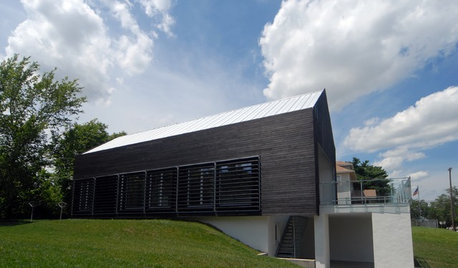
REMODELING GUIDES'Yakisugi-ita' Is Setting the Siding World on Fire
Exterior wood siding created by a Japanese burning technique is now alighting in the Western world
Full Story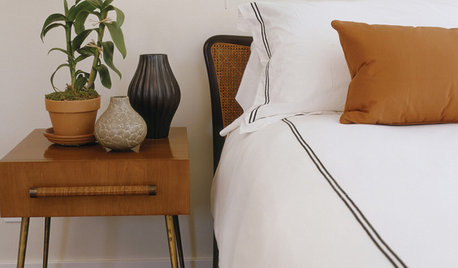
PRODUCT PICKSGuest Picks: Sophisticated Bedroom Finds for a Single Guy
No black-light posters, please. These bedroom furniture pieces and accessories offer grown-up style with a masculine flair
Full Story






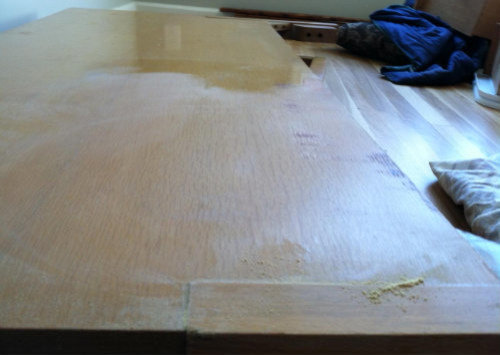
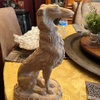
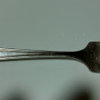


Fori
chibimimi
Related Professionals
Topeka Furniture & Accessories · Barstow Interior Designers & Decorators · Arlington Painters · Bainbridge Island Painters · Knightdale Painters · Lexington Painters · Lilburn Painters · Ripon Painters · Sunrise Painters · Philadelphia Furniture & Accessories · Wilmington Furniture & Accessories · Greenwood Village Furniture & Accessories · Hawthorne Furniture & Accessories · Hoffman Estates Furniture & Accessories · Miami Professional Organizersdetroit_burbOriginal Author
lazy_gardens
anoriginal